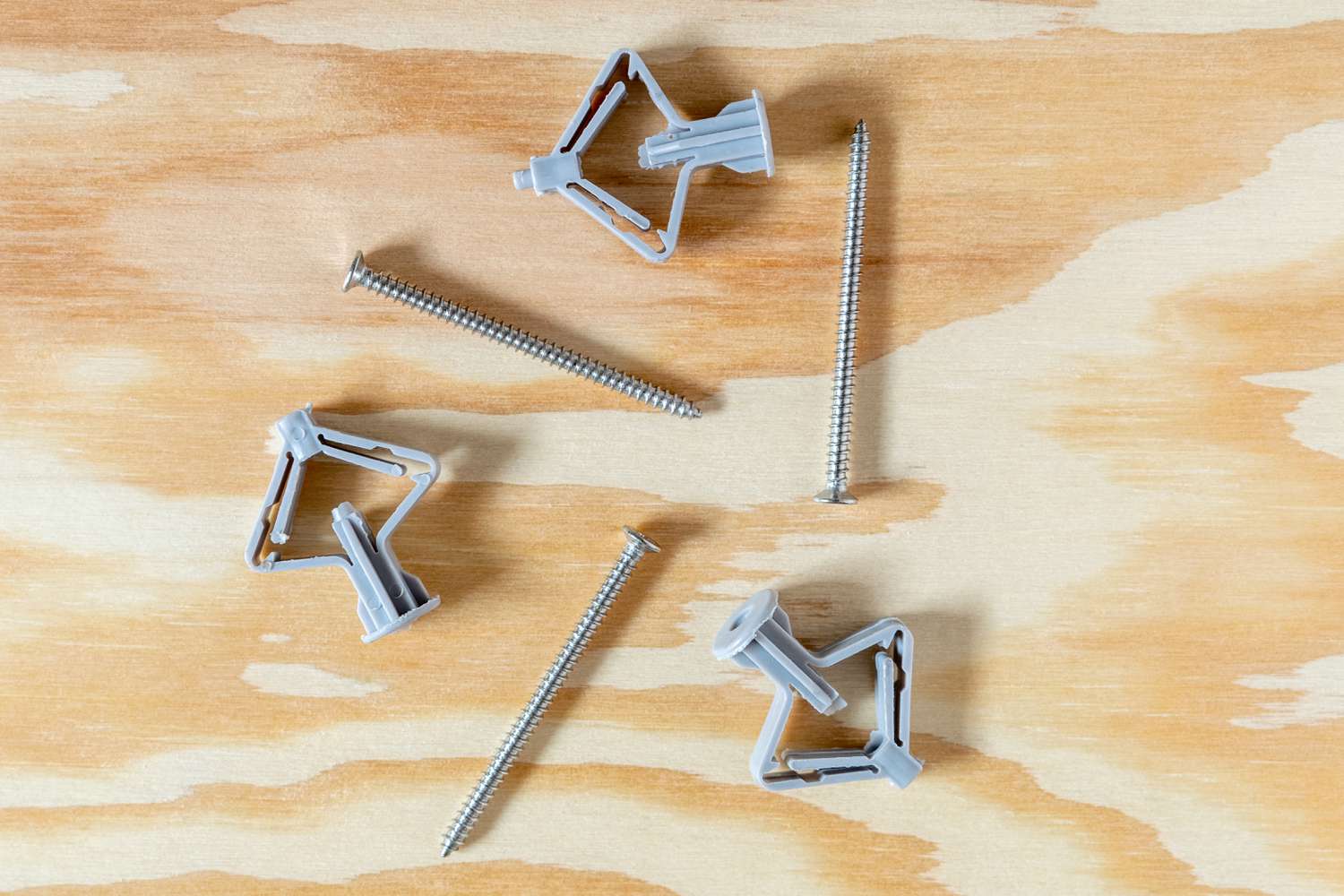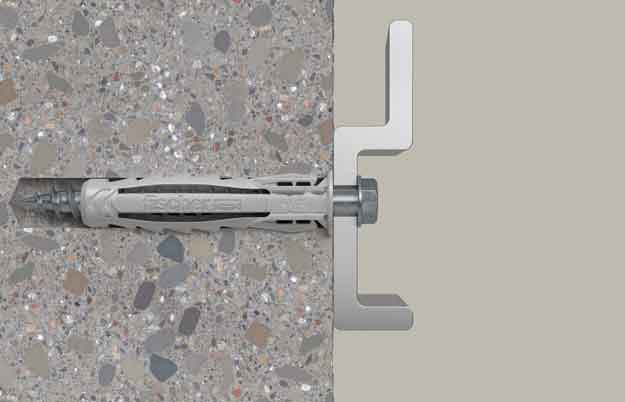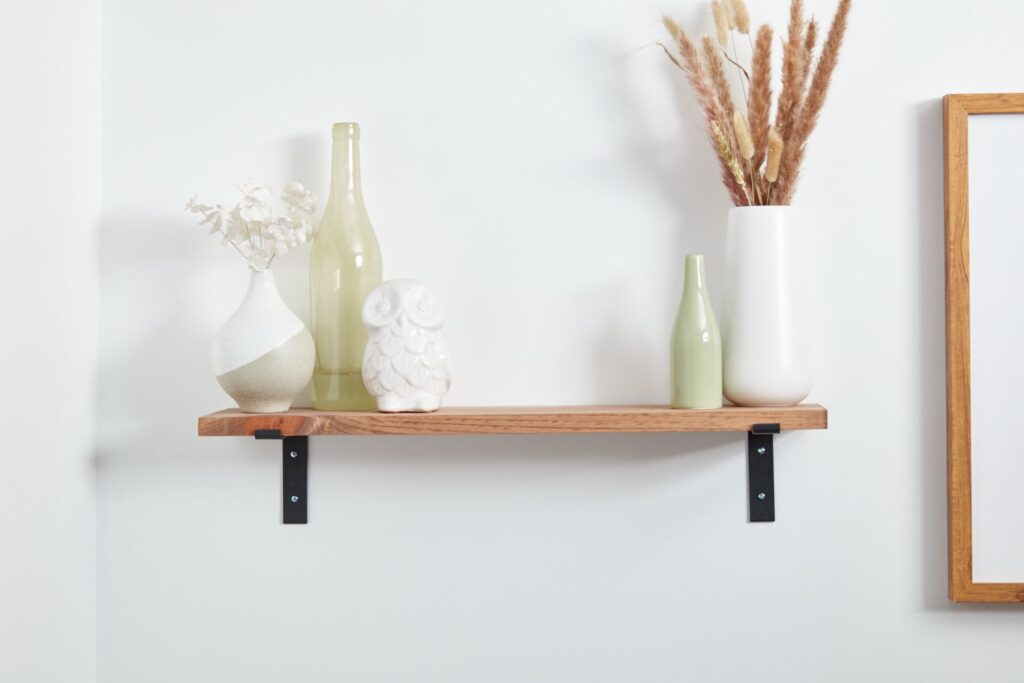Have you been eying a perfect spot on your wall to hang up your pictures or artwork? Or do you want to light up your home space with decorative shelves on the wall? Whatever you wish to mount on your wall, from framed pictures to heavy mirrors, a wall anchor is the answer. However, having to choose from several different types of anchors can be confusing.
So, to help you deepen your understanding of and make the right choice, we have encapsulated some important details about wall anchors, from types to the installation process.
What is a Wall Anchor?
A wall anchor is designed to mount a wide range of objects on the walls securely. Made up of plastic or metal, wall anchors are small mechanical objects that penetrate the wall, offering support to the screws. The secured wall anchors can be used to hang or mount objects, including:
- Picture frames
- Artwork
- Curtain holders
- Towel hangers
- Toilet paper holders
- Mirror
- Shelves
- Clocks
- Wall-mounted television
- Small cabinets
There are several types of wall anchors, which differ in usability depending on the type of walls and objects to be mounted. Some popular ones include drywall anchors, toggle bolts, plastic expansion, and hollow wall anchors. Choosing the wrong anchor can damage your wall and may not provide stable support for the object. So, it is essential to pick the right anchor type for your wall, considering its usage and weight requirements.

Types of Wall Anchor
Inserting nails or screws directly into the wall may allow it to slide off or loosen up easily. But as there are different types of walls, the wall anchors also had to be designed differently to fit the requirements of the walls. Be it drywall, concrete, or brick walls, the below-mentioned wall anchors can be used for distinct purposes.
-
Sleeve Anchor
It is best used for masonry or concrete walls and can hold heavier items weighing about 200 pounds or more. Installation of sleeve anchors involves drilling a hole in the wall. The dimension of the hole should be such that it matches the size of the anchor. As you tighten the screw into the drilled hole, the sleeve expands and secures the screw.
-
Spring Anchor
A spring anchor is used to secure the ends of the extension spring. It is effective for both stationary and moving surfaces and is preferred for its adjustable nature and easier implementation. Spring anchors come in four different types:
- Multiple groove anchor
- Single hole anchor
- Fixed hole anchor
- Swivel hole anchor
Threaded sleeve spring anchor is most preferred for installation in drywalls, which can hold upto 50 pounds of weight.
-
Toggle Bolt
The toggle bolt is a heavy-duty anchor with the capacity to hold upto 55 pounds of weight. This type of anchor comprises two components: a toggle and a bolt. The dimension of the toggle increases as the bolt size increases, and comes in various sizes with specific weight capacity ranging from 30 pounds to 55 pounds.
-
Winged Plastic Anchor
This type of anchor can be used in both solid and hollow walls and is better suited for medium weights ranging from 5 to 20 pounds. Winged plastic anchor is known for its strength and durability. Its installation process involves drilling a hole in the wall and inserting the anchor into it. Once it is fully inserted in the hole, the wings of the anchor expand, gripping the wall tightly from the inside.
-
Adhesive Anchor
It is a heavy-duty anchor with wide application from your home to construction jobs. It is designed in such a way that it can bear a maximum weight upto 500 pounds or more. The high load-bearing capacity of the adhesive anchor comes from the adhesive used for the installation, i.e., epoxy-based adhesive. Additionally, this anchor works perfectly fine when exposed to any weather conditions.
-
Plastic Hollow Wall Anchor
This type of anchor is for lightweight applications for objects weighing from 10 to 30 pounds. Commonly used in drywalls, plastic hollow anchor is mostly used for hanging framed pictures and artworks. Its installation requires drilling a hole in the wall where the anchor is inserted. As the screw is pinned into the anchor, the anchor expands and fastens in its place.
-
Threaded Drywall Anchor
With a capacity to hold from 25 to 75 pounds of weight, the threaded drywall anchor garners popularity for its easy installation and low cost. It can be a go-to option for hanging medium-weight objects on the drywall of your house. The anchor comes with an external thread with a self-drilling property and a pointed end, which makes it easier to drill it directly into the wall.
-
Cement Board Screw Anchor
This is a special type of anchor used for the attachment of cement board to a fixed support with a load-bearing capacity of 50 to 200 pounds. Its usage includes seething, flooring, countertops, and bathtub fixtures. One of the benefits of this anchor is its easy installation, as it can be directly screwed into the cement board. But on the other hand, it is typically costlier than most screws.
-
Hollow Wall Anchor
Hollow anchor, a.k.a. molly bolts, specializes in hollow wall applications with a capacity to hold about 50 pounds of weight. It is quite affordable and can be used for lightweight objects such as picture frames and decorative shelves. You can either drill the anchor into the wall or hammer it for installation.
-
Expansion Anchor
It is commonly used in concrete or masonry walls, offering a heavy load-bearing capacity of 100 to 1000 pounds. Also referred to as a wedge anchor, the expansion anchor is manufactured using galvanized steel. It comprises components such as screws, nuts, and washers heavily threaded to offer a stronger grip on the wall.

Choosing the Right Wall Anchor
The most important part of wall anchoring is to pick the right one for your wall. As explored above, there is a wide range of options available for wall anchors that you can choose from. But, if you make the wrong choice, the anchor might cause damage to your wall. To avoid potential damage, you should consider the below-highlighted pointers before purchasing a wall anchor.
Type of the wall
Check the material of your wall to determine its type, whether it’s drywall, plaster, masonry, concrete, or hollow.
Weight of the object
As each wall anchor has a specific load-handling capacity, make sure to weigh the object you want to mount and purchase a suitable anchor strong enough to hold the load.
Anchor installation tools
Make sure you have the necessary wall anchoring tools at your disposal before beginning the task, such as a drill, screwdriver, protection gloves, marker, level, measuring tape, hammer, and so on.
Check for obstacles
Make sure that the spot you have selected for wall anchoring does not have water pipes or wiring behind the wall.
Wall anchor type
Check the requirements for the anchoring process and select the most suitable wall anchor that suits your needs.
Size of the drilled hole
The size of the hole drilled in the wall should not exceed the dimension of the anchor you have selected, or else the anchor will come loose.
How to Install a Drywall Anchor?
Drywall anchors are specially designed for drywalls in your home, and the installation process is quite simple. Although you have to be careful while using tools such as drills, with proper instructions, installing a wall anchor in drywall is easily doable. Here are some of the simplified steps for the installation process:
- Pick a spot: Mark a spot on the wall that you find suitable for hanging your object.
- Drill a hole: Grab a drill and drill straight into the mark, keeping the drill at 90 90-degree angle to the wall.
- Match the size of the hole with that of the anchor: Check the size of the hole by placing the wall anchor in it for reference. If the hole is too small to fit the anchor, drill more until the hole size is just about right.
- Insert the anchor in the hole: Insert the anchor in the hole and adjust its position by using a hammer. You can hammer in the anchor until it is perfectly secured inside the hole.
- Install the screw: You can now place the screw in the anchor either by using a drill or a screwdriver.
Conclusion
You never know when you will come across having to put a wall anchor in your house for various reasons. You might want to mount some decorative objects on your boring wall or might even want to turn your wall into a beautiful memory wall with cherished pictures hanging on it. Whatever reason calls for you to install an anchor in your wall, you must have a general idea of what type of anchor you will need. With the help of the details mentioned above, you should be able to get the right anchor wall and install it in your drywall. But you can also call for professional help if required.






